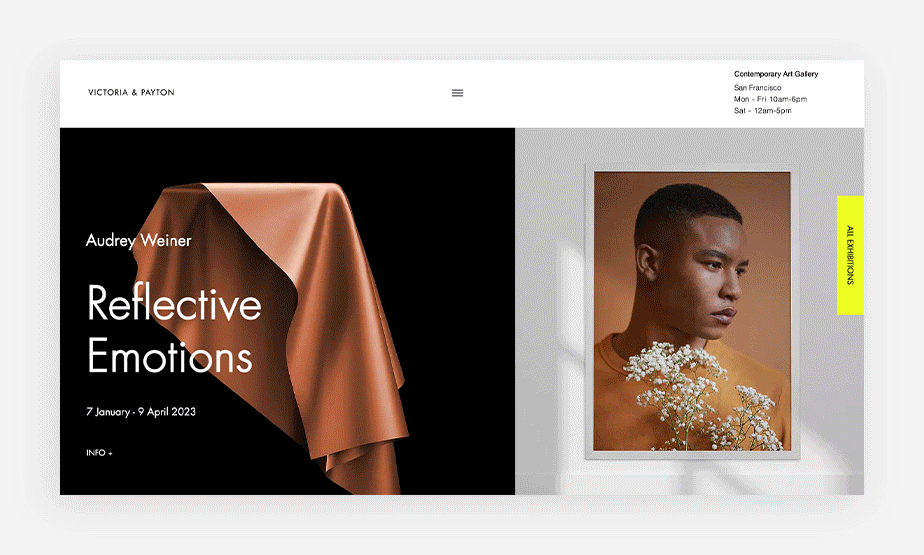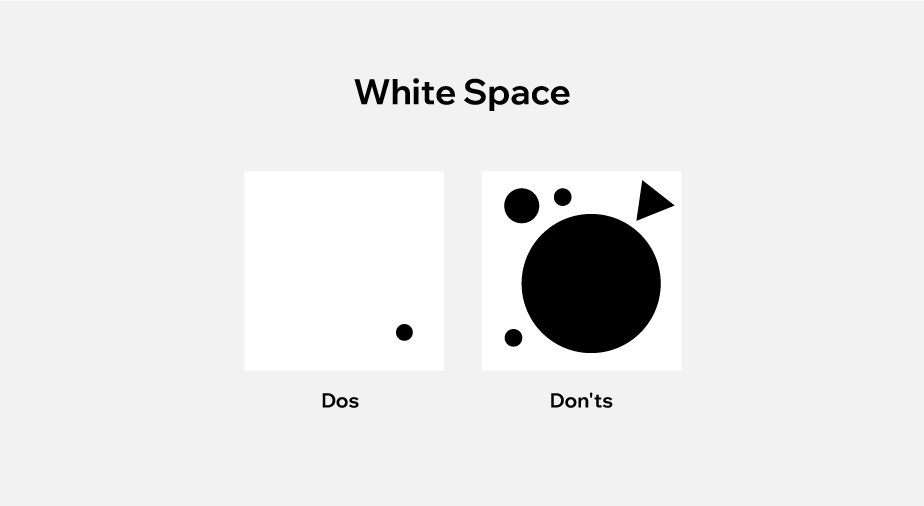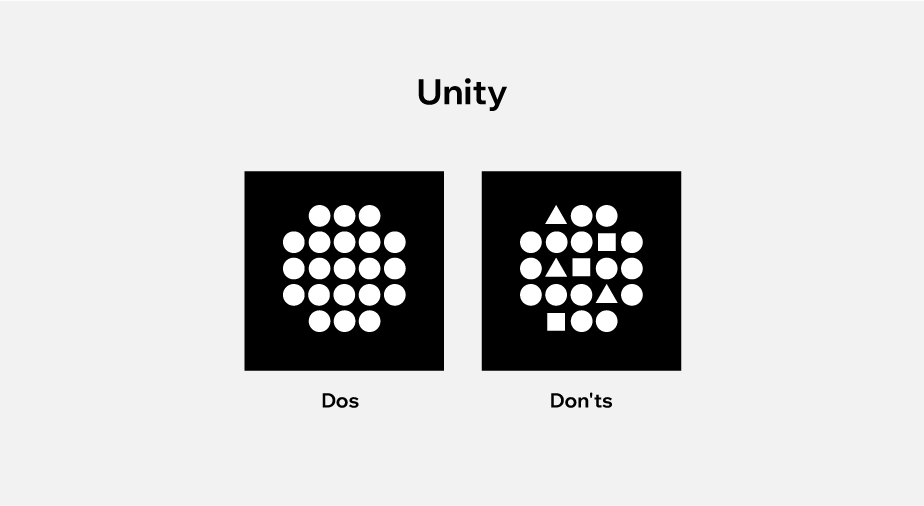
What is web design? A comprehensive guide
01. What is web design?
Web design is the art of planning and arranging content on a website so that it can be shared and accessed online with the world. A combination of aesthetic and functional elements, web design is a type of digital design that determines the look of a website—such as its colors, fonts, graphics and user interface (see our guide on website design best practices).
Today, creating a website is one of the pillars of having an online presence. Because of this, the world of web design is as dynamic as ever. It is constantly evolving, including mobile apps and user interface design, to meet the growing needs of website owners and visitors alike.
Web design is often a collaborative process that combines knowledge and tools from related industries, ranging from web design statistics to SEO optimization and UX. Web designers will often bring together professionals from these areas who can optimize performance and focus on the larger process and outcome.

02. Web design vs. website development
The first step in our web design journey is to clarify the difference between web design and website development, since the two are closely related and often (mistakenly) used interchangeably:
Web design refers to the visual design and experiential aspects of a particular website. We’re going to dive into more detail about web design throughout the rest of this article.
Website development refers to the building and maintenance of a website’s structure, and involves intricate coding systems that ensure the website functions properly.
The following are some basic markup languages most commonly used by web developers to build a website:
-
HTML or HyperText Markup Language, is a coding language used to create the front end of websites. It is written to include the structure of a web page and carried out by web browsers into the websites that we see online.
-
CSS or Cascading Style Sheets is a programming design language that includes all relevant information relating to a webpage’s display. CSS works with HTML to design the style and formatting of a website or page, including the layout, fonts, padding, and more.
However if you use a CMS or a Content Management System (a computer software application that manages the digital content of a website) you can learn how to make a website and make updates without the knowledge of using code. Wix is an example of a CMS, which functions as a user-friendly system for website content development.
03. Web design tools
Web designers require their own unique set of tools to create and design. There are a few key elements that will determine which types you’ll use, and at which stage you’ll need them.
Here are a few questions to consider: How big is your team? What kind of budget do you have? What kind of technical requirements will your site need? What is the overall aesthetic you wish to achieve? Will you create an adaptive or responsive design? What is the purpose of your website? The answers to these questions will also help you understand which kind of website builder you want to work with, or other design software tools.
Website builders like Wix are great since they don’t require code, and come equipped with a range of ready-made templates suitable to every industry. For novice web designers, website builders are a great foundational tool that can easily be customized both in terms of visual elements and functionality. For more experienced web designers, Editor X is the ideal platform with more advanced features for layouts, interactions, effects and designed assets.
Design software tools such as Figma, Photoshop and Sketch can be used to create wireframes, custom features and design elements. However, the major difference with these tools is that all elements must be converted to code. While these tools offer creative flexibility and collaborative integrations like hand-off features to web developers, they can require more time, knowledge and resources.
As you gain more experience with a range of web design tools, you’ll know which are best suited to you and your business needs.
04. Principles of design applied to websites
One of the first parts of understanding what web design is knowing what good web design is—and how to achieve it.
We can have a look at the principles of design for reference, a theory practiced by artists and designers which outline the visual qualities any composition should aim for. Applying these principles to web design can help beginner and advanced web designers alike achieve a site with a harmonious look and feel.
Of course, these are not strict rules to follow, but rather guidelines to learn how we can apply the various elements of a website’s design. Take it from Picasso, “learn the rules like a pro, so you can break them like an artist.” Once you understand the goals of web design and become more comfortable with each website element, you can tweak the approach with a more creative touch.
Let’s explore the following principles:

Balance
Visual balance means ensuring that none of the elements in a single composition are too overpowering. This can be applied to web design by drawing an imaginary line down the center of a webpage and arranging elements so that the visual weight is equal on both sides.
There are two main ways to achieve balance on a website:
-
Symmetrical balance is when the visual weight on both sides of that line are equal and arranged like a mirror image. When applied to your web design, this can evoke feelings of balance, beauty and consistency.
-
Asymmetrical balance is when the visual weight is equal on both sides, but the composition and order of elements will vary (i.e., not a mirror image). A balanced asymmetrical design is considered a modern website design approach and will create a more dynamic experience for the viewer, while maintaining a harmonious composition.

Contrast
Contrast refers to arranging juxtaposing elements in a way that highlights their differences: dark and light, smooth and rough, large and small. When contrast is in the picture, it’s dramatic and exciting qualities can captivate visitors as they scroll through your site.

Emphasis
The principle of emphasis reminds us that not all website elements are equal. Whether it’s your logo, a CTA, or an image; if there’s something on your webpage that visitors should notice first, applying the principle of emphasis with the use of bright color, animation, or size will ensure it's the dominant aspect of your composition.

Movement
When applied to web design, movement is what guides visitors from one element to the next. By controlling the size, direction, and order of elements on an individual web page’s composition, you can direct the movement of the viewer's eye throughout your site.

Hierarchy
Placing your business name at the bottom of your homepage is simply poor web design practice. Can you guess why? First-time visitors would have to scroll all the way down your site to know who you are. This is something we understand from the principle of hierarchy, which teaches us that the most important content should be placed in a prominent spot where visitors immediately see and interact with it.

White space
In art and design, any area of a composition that’s void of visual elements is referred to as white space (psst: even when it’s not actually white). This might not seem like a critical thing to pay attention to, but the conscious arrangement of white space in web design will give the visual elements of a webpage room to breathe. It can also help achieve other goals in your composition, such as hierarchy, balance, emphasis, and more.

Unity
Unity is the culminating effect of all the individual elements you’ve added to your site, ideally resulting in one harmonious composition. The goal of unity in web design is to ensure that visitors will not get overwhelmed, confused, or turn away from your site.
It might take a few tries to get it right, but once you achieve a unified web design, you can ensure that each aspect of your site plays a valuable role in its function and performance. This also means paying attention to what elements you include, where and how you position them, and if they are truly serving a purpose.

05. Website layouts
Planning your website layout is like setting its foundation, since it will determine the arrangement and sequence of visual elements on each page of your website. This critical step in web design plays a role in a site’s visual appearance, level of usability, and amplifying its message.
The best layout for your website can be determined by a variety of factors: the goals of your website, the message you want to convey to viewers, and what kind of content you’ll include. While there’s no “one-size-fits-all” solution, there are two major directions you can take:
-
Layouts to accommodate your content: The layout you choose should be fitting for the type of content. For example, if you want a layout that will showcase products you might go for one that leaves ample space for highlighting images. A blog layout, on the other hand, will need to convey new information in an organized way.
-
Common layouts: There are plenty of tried-and-tested website layouts out there. These tend to feel familiar to users, as they build on their existing expectations or past experiences of other websites. Since they may result in a more intuitive, easy-to-use interface, they can be great for beginners.
When designing a website of your own, you can use website templates in a wide range of categories to provide a solid infrastructure for your site’s layout. If you want to design a layout from scratch, we recommend using wireframes to start. This process will allow you to draft out the layout of your website before the implementation process.

Join 1000+ tech enthusiasts & entrepreneurs, subscribe to our newsletter!
Subscribe to our newsletter
and get the latest updates


